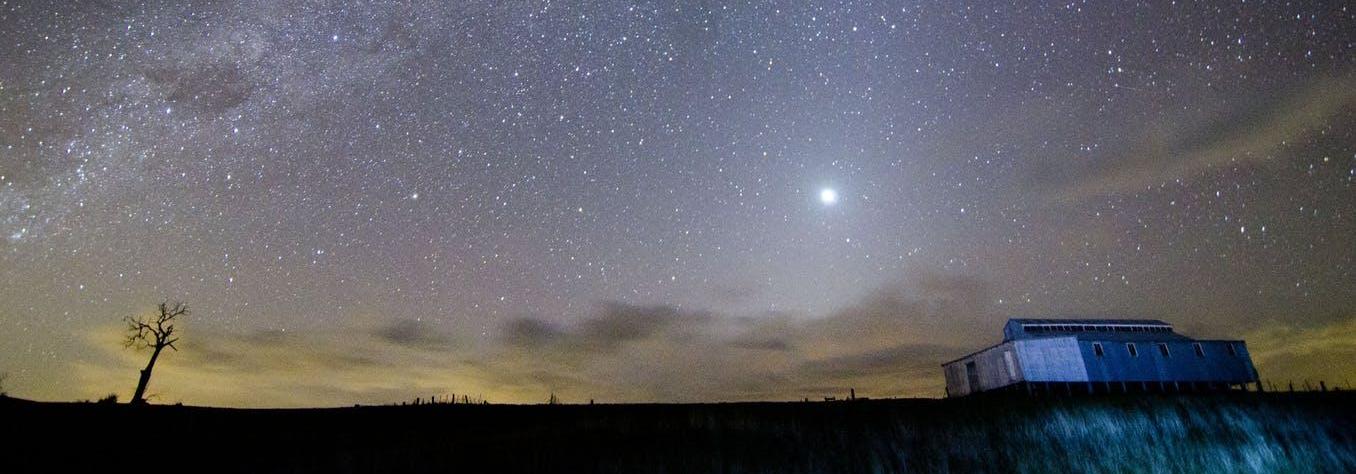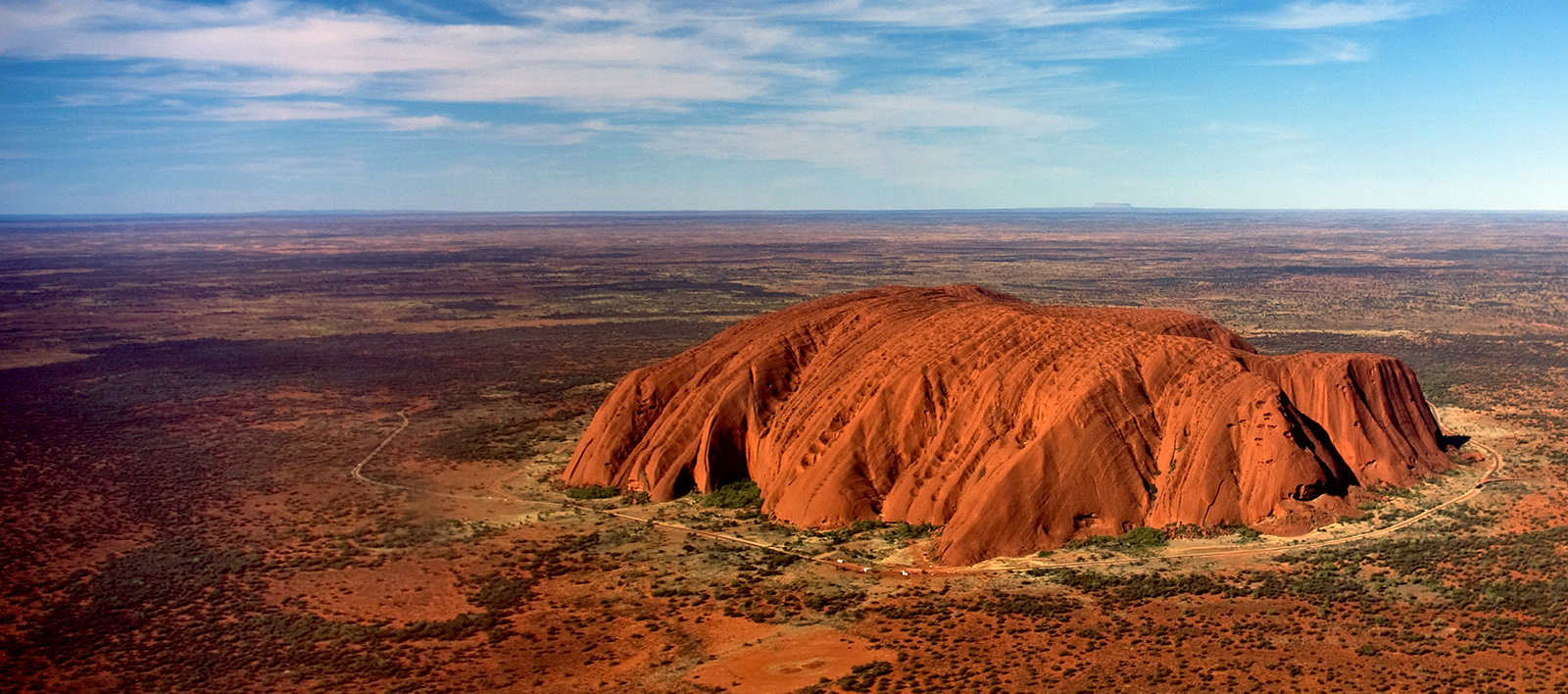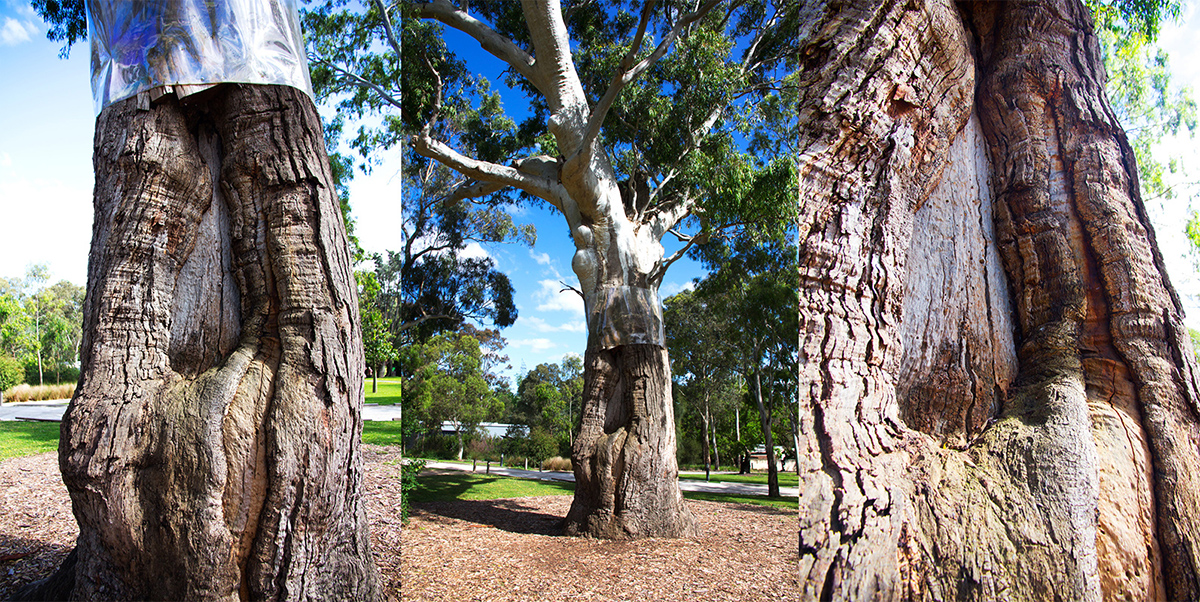Songlines are the Aboriginal walking routes that crossed the country, linking important sites and locations. Before colonisation they were maintained by regular use, burning off and clearing.
The term ‘Songline’ describes the features and directions of travel that were included in a song that had to be sung and memorised for the traveller to know the route to their destination. Certain Songlines were referred to as ‘Dreaming Pathways’ because of the tracks forged by Creator Spirits during the Dreaming. These special Songlines have specific ancestral stories attached to them.


Certain Songlines were forged by the great Creator Spirits of the Dreaming. These special Songlines have ancestral stories attached to them.
Image Source: Aboriginal traditions describe the complex motions of planets, the ‘wandering stars’ of the sky.
Markers for the journey
Songlines contain information about the land and how the traveller should respectfully make their trip. This includes the types of food were safe to eat, places to be avoided and the boundaries of each Mob’s Country that the traveller could pass through.
Songlines also describe features and landmarks that the traveller should look out for so they knew that they are going in the right direction. A well-known marker is the scar-tree near the Heide Museum of Modern Art in Bulleen. This scar-tree is called ‘Yingabeal’ (Yinga meaning sing or song and beal being the Wurundjeri name for a redgum). Yingabeal marks the point where five different Songline routes meet and come together. Other examples of ‘signposts’ or ‘markers’ include rock formations, bends in rivers, or trees with naturally forming spirals, twists or arches.
The 'Yingabeal' scar-tree marks the point where five different Songline routes meet and come together. Physical markers like 'Yingabeal' allowed the traveller to know where they were in their journey.
Image Source: Sonia Hankova (reproduced with permission)
A Cultural Passport
One example of a Songline is the 3,500km travel route that connected the central desert region with the eastern coast of the country (modern day Byron Bay). This particular travel route allowed the desert communities to visit the ocean where they could witness how dolphins were used by the people to heard fish. Similarly people from the coastal communities were able to travel and visit the culturally important sites of Uluru and Kata Tjuta.
Songlines also act as a ‘Cultural Passport’ when travelling through the country of another Mob. The verses that relate to a particular region, can be sung in the local language so that the people living there know that travellers are passing through in a respectful manner.


One particular Songline was the 3,500km journey that connected the eastern coast of the Country with the central desert regions, allowing access to landmarks like Uluru.
Image Source: Uluru, helicopter view. Wikipedia.
The Songlines of today
When the British invaded, the colonists used Aboriginal Songlines for their horse drawn vehicles because a path had already been cleared. Over time and continued use, these traditional routes evolved to become cart-tracks, then gravelled paths, to finally the bitumen covered roads we see today. Examples of roads in Melbourne that were once used as Aboriginal Songlines include the Napean Highway, Dandenong Road, Plenty Road, Heidelberg Road, Geelong Road and Ballarat Road, just to name a few.
One of the great tragedies of colonisation was the eradication and white-washing of the carefully curated use of Country by Aboriginal people. Songlines were diminished as mere ‘animal tracks’ or ‘natural clearings’ when in truth they were so much more.
Songlines are the singing celebration of Country, a cultural passport when walking on the lands of neighbouring Nations and a way to acknowledge the great Creator Spirits and their footprints in the land.
Sources & Further Reading
- Toward the Municipal Mapping of Traditional Aboriginal Land Use. Jim Poulter and Bill Nicholson, Melbourne, July 2018
- Songlines in Warrandyte. Jim Poulter 7th February 2017
- Yingabeal: The Wurundjeri Scarred Tree at Heide Museum of Modern Art, Film by Jo Clyne, HTAV 2016
NITV Documentaries on Songlines
To view these, a free SBS OnDemand account is required. These videos will expire after a period of time.
- Songlines: Wurray. Wurray is a Dreamtime character. He is one of our "makers". He's a traveller with an open mind and an open heart to the land.
- Songlines: Tjawa Tjawa. The "Tjawa Tjawa" songline is about a group of women who came from around Roebourne in the Pilbara and travelled, in some cases underground, all the way through to Kiwikurra in the Great Sandy Desert.
- Songlines: Bulunu Milkarri. This Manikay is sung traditionally by Djambarrpunu Clan. Milkarri is a sorrow Manikay (songline), is sung by women from this clan to cry about a longing for Ngurruyurrtjurr (homeland/clan).
- Songlines: Goorrandalng, Damari and Guyala, Naji, Wardbukarra. The Songlines on Screen initiative presents films that show Aboriginal people's ongoing connection to land and culture as told throughout time by the way of creation songs
-
Toward the Municipal Mapping of Traditional Aboriginal Land Use
By Dr. Jim PoulterDownload

